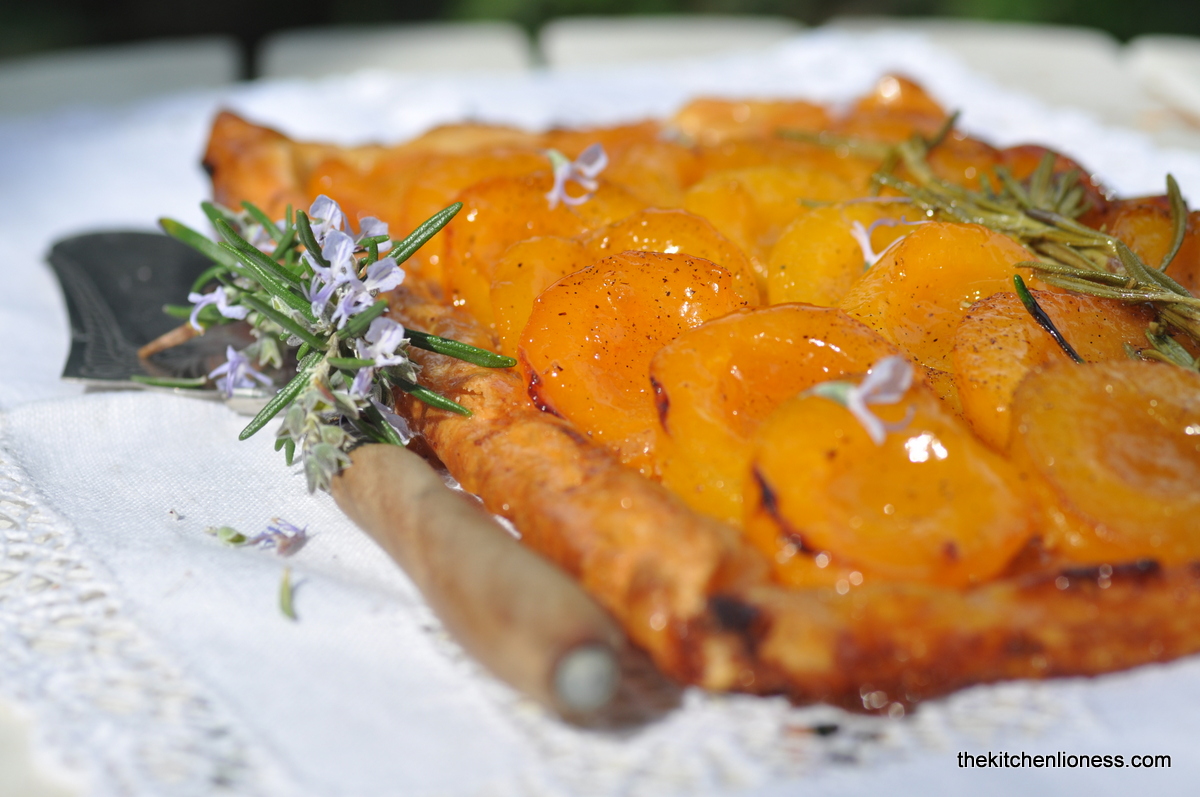These days I am constantly on the lookout for beautiful, hand-crafted plates and bowls, the ones that make you stop in your tracks, the ones that are unique, in beautiful, elegant hues and that are worth photographing without any food. Unlike shopping in potteries in Denmark and the UK, around here, it is not one of the easiest of tasks finding unique dinnerware. And until I have convinced a nearby pottery to start producing these beauties, I shall buy the ones from Copenhagen, like this amazing, greyish-glazed small bowl from Danish pottery artist Christian Bitz that I found at one of my very favorite stores in Cologne yesterday.
I took one look at the breathtaking display of Bitz´s wares and knew that I would be making Yotam Ottolenghi & Sami Tamimi's Basic Hummus from their Jerusalem: A Cookbook today and serve it in one of these bowls. It is fascinating how one can look at bowls and plates and handcrafted dinnerware and, at the same time, know which food they would be the perfect vessels for. I find myself totally smitten with this style of pottery.
It is like an hommage to hummus that Yotam Ottolenghi and Sami Tamimi would devote more pages (eight in total) to its preparation than anything else. One of the most beloved dishes in Jerusalem, hummus is a must-cook recipe from this book. This version is too enticing to pass up. This is hands-down the best hummus I have ever prepared and tasted. Topped with just a few extra chickpeas, served with Jerusalem (!) artichoke chips fried in a bit of mild olive oil, finished with Maldon sea salt, then drizzled with my favorite olive oil, this was a dish we just could not stop eating. We were in hummus bliss.
It is noteworthy that most from-scratch hummus recipes involve simmering the chickpeas for a good 1 ½ to 2 hours. Ottolenghi and Tamimi's are done in just 20 to 40 minutes. Simply by carefully following the easy recipe, make sure to briefly cook the soaked chickpeas directly with baking soda which will scruff up the skins and allow them to cook much faster and purée smoother.
Basic Hummus
(makes 6 servings - recipe adapted slightly from Jerusalem (page 114)
Ingredients
- 250g (1 ¼ cups) dried chickpeas (I used the one´s from this company)
- 1 tsp bicarbonate of soda (baking soda)
- 6 ½ cups water
- 270g (1 cup plus 2 tbsp) light tahini paste
- 4 tbsp freshly squeezed lemon juice
- 4 garlic cloves, crushed
- 100ml (6 ½ tbsp) ice cold water
- fine sea salt
- high quality olive oil, to serve (optional)
Preparation
- The night before, put the chickpeas in a large bowl and cover them with cold water at least twice their volume.
- Leave to soak overnight.
- The next day, drain the chickpeas.
- Place a medium saucepan over high heat and add the drained chickpeas and baking soda.
- Cook for about three minutes, stirring constantly.
- Add the water and bring to a boil. Cook, skimming off any foam and any skins that float to the surface. The chickpeas will need to cook for 20 to 40 minutes, depending on the type and freshness, sometimes even longer.
- Drain the chickpeas. You should have roughly 3 2/3 cups now.
- Place the chickpeas in a food processor and process until you get a stiff paste.
- Then, with the machine sill running, add the tahini paste, lemon juice, garlic, and 1 1/2 teaspoons salt.
- Finally, slowly drizzle in the ice water and allow it to mix for about five minutes, until you get a very smooth and creamy paste.
- Transfer the hummus to a bowl, cover the surface with plastic wrap, and let it rest for at least 30 minutes.
- If not using straightaway, refrigerate until needed. Make sure to take it out of the fridge at least 30 minutes before serving.
- Optionally, to serve, top with a layer of good quality olive oil.
This Basic Hummus recipe is super-smooth and rich in tahini, and can be kept in the fridge for up to three days and used simply spread over a plate, drizzled with olive oil and eaten with fesh pita or bread. According to Yotam Ottolenghi and Sami Tamimi, it can also be varied by folding in cooked and crushed chickpeas thus adding texture, adding some ground cumin and adjusting the amount of lemon juice and tahini to suit you.
For more Hummus recipes:
- Hummus with Broad Bean & Garden Herb Topping (Hummus mit dicken Bohnen & Gartenkräutern) (HERE)
- River Cottage Veg Everyday: Cannellini Bean Hummus (Cannellini-Bohnen Hummus) (HERE)
- Red Beet Hummus & Comfort Food (Rote Beete Hummus & Wohlfühlessen) (HERE)
- A Seasonal Delight: Wild Garlic Spring Hummus (Hummus mit Bärlauch) (HERE)
- Seasonal Cooking: Hummus with Rhubarb Topping & Homemade Tortillas (Saisonale Küche: Hummus mit Rhabarber-Topping & selbstgemachten Tortillas) (HERE)































